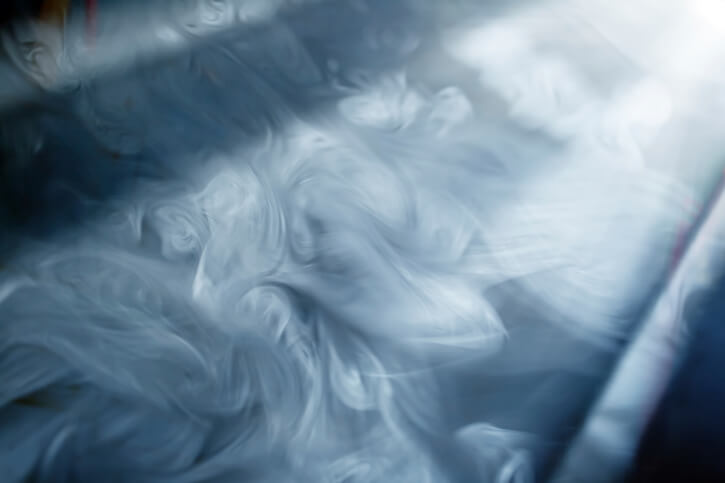
Remove Smoke Odor From Carpets
Smoke odors can infiltrate into every area of your home, including your carpets. Methods used to remove smoke odor depend on the type of smoke odor.
Cigarette Smoke Odor Removal:
- Liberally sprinkle the carpet with baking soda.
- For a pleasant scent, mix lavender with the baking soda before sprinkling.
- Let baking soda sit at least overnights (two nights for best results).
- Sweep away the top layer of baking soda and vacuum up the rest.
- Open the doors and windows for at least a day to let in fresh air.
- Wash curtains, replace shades, and wipe down fixtures with ammonia.
- Repeat treatment if odor remains.
This method is safe for all carpets. But if it does not remove smoke odor, steam clean your carpet or hire a professional carpet cleaner.
If everything fails, you may need to replace the carpet.
NOTE: Most commercial carpet and room deodorizers are ineffective against smoke odors in the long term. They do not neutralize smoke odors, but mask odors instead with their scents, which fade and allow the smoke odor to reemerge.
Activated charcoal can be used as an alternative to baking soda for absorbing odors.
Burned Food Smoke Odor Removal
Follow steps 1-7 above to remove burned food smoke odor.
Additionally, distribute several bowls of distilled white vinegar throughout the room to remove lingering smoke odors. Leave in place for 3-5 days.
If you dislike the scent of vinegar, add a few drops of vanilla extract into each bowl to mellow the vinegar’s scent.
Fire Smoke Odor Removal
Smoke odors from fire are the hardest to eliminate. They affect your carpet in different ways depending on the fire’s cause and the type of smoke it gives off. Some types of smoke odors include:
Dry Smoke – The result of a quick burning fire at a high temperature which leaves a powdery dusty residue.
Fuel Oil Soot – Impure black carbon with oily compounds resulting from partial combustion of coal, oils, resinous materials, or wood.
Protein Smoke – Examples include burned meat, overcooked eggs, freezer failures. It damages varnishes and paints. It has a very strong and acrid odor. The residue it leaves behind is sticky and clear at first, but it becomes crusty and yellowish as it loses its moisture.
Wet Smoke – Caused by a low heat (smoldering) fire. This smoke leaves a “wet” sticky substance with a pungent odor. The smoke webs it creates are difficult to clean and smear easily if treated incorrectly.
Ozone generators are excellent for reducing smoke odor. Ozone gas destroys odor molecules rather than covering or “masking” them. But it is best to hire a professional smoke damage specialist to completely remove smoke odor. Professionals can be costly, but little can be done without their services and there are those who use eco-friendly smoke removal procedures.
When your carpet absorbs the smell caused by smoke damage, the method and effort required to remove smoke odor depends on the type of smoke.